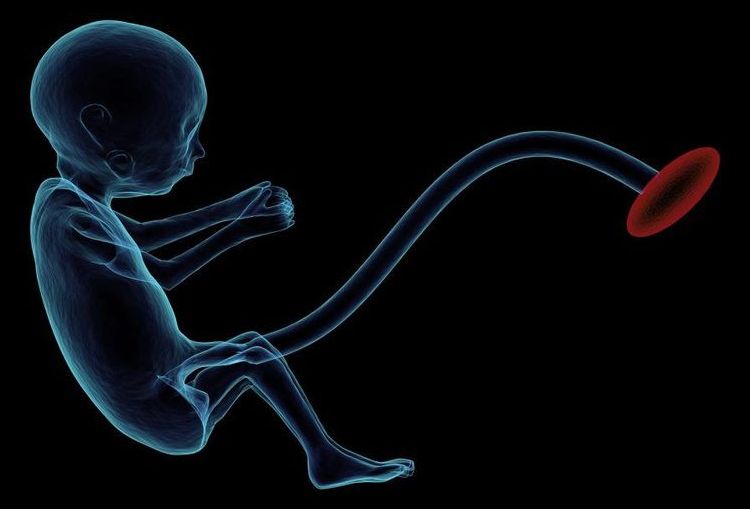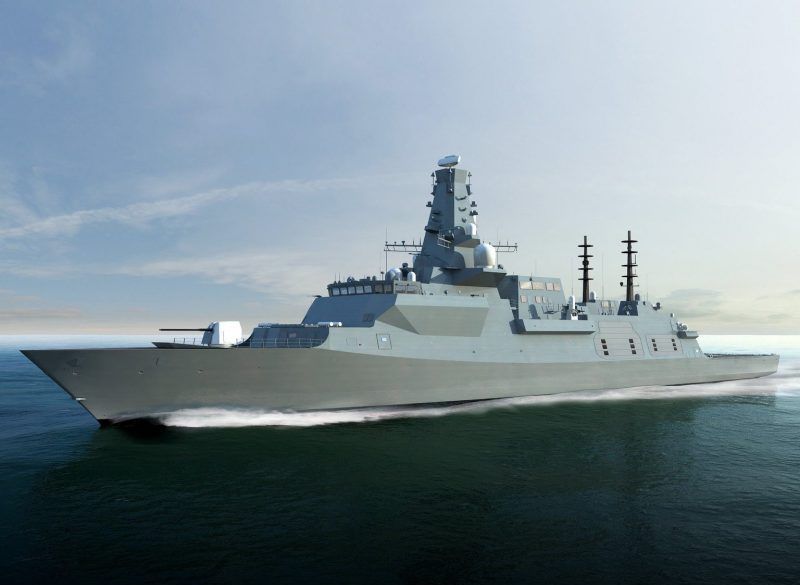We’re consuming unprecedented levels of media to stay entertained whilst staying safe indoors.
COVID-19, the novel coronavirus disease caused by SARS-CoV-2 and outbroken at the end of 2019 in Wuhan, China, becomes a worldwide pandemic. SARS-CoV-2 belongs to the betacoronavirus genus and has 79.5% identity to SARS-CoV. SARS-CoV-2 uses angiotensin-converting enzyme 2 (ACE2) as its host entry receptor.
You know the scene in “Akira” where Tetsuo rips a satellite space weapon out of orbit?
Now the U.S. military wants to try something similar, according to Defense One. The Pentagon is requesting hundreds of millions of dollars to ramp up space-based weaponry including particle beams and space lasers that’ll fire downward at Earthly targets — a dark vision of the militarization of space.
Researchers led by Kyoto University have reconstituted the human ‘segmentation clock’ — a key focus of embryonic development research — using induced pluripotent stem cells, iPSCs.
SN3 suffers a setback and Crew Dragon is still set to fly. Could Starlink help in the coronavirus lockdowns? It’s Musk Reads: SpaceX Edition #157.
A version of this article appeared in the “Musk Reads” newsletter. Sign up for free here.
Last September, we looked at Dstl and DASA’s new competition to map out the future of naval warfare. With the first contracts now announced, Harry Lye catches up with the Intelligent Ship project.
Focus is on Physical Sciences Research and Management of Complex Systems
WASHINGTON, D.C. — Today, the U.S. Department of Energy (DOE) announced a plan to provide up to $30 million for advanced research in machine learning (ML) and artificial intelligence (AI) for both scientific investigation and the management of complex systems.
The initiative encompasses two separate topic areas. One topic is focused on the development of ML and AI for predictive modeling and simulation focused on research across the physical sciences. ML and AI are thought to offer promising new alternatives to traditional programming methods for computer modeling and simulation.
Replicating human interaction and behavior is what artificial intelligence has always been about. In recent times, the peak of technology has well and truly surpassed what was initially thought possible, with countless examples of the prolific nature of AI and other technologies solving problems around the world.
Think about this: Gary Kasparov stated that he would never lose a game of chess to a computer. For a long time, this seemed like a statement that would withstand all tests.
Roll on 1996, however, and IBM developed Deep Blue, a computer bot/program/application that beat the master Gary Kasparov at his own game.









